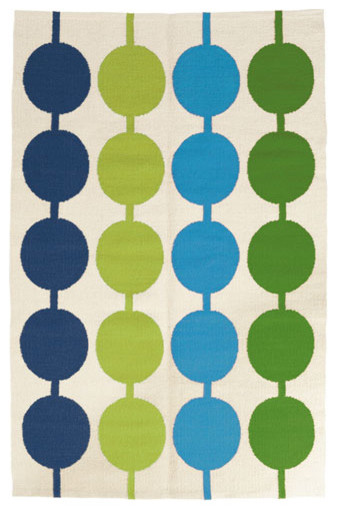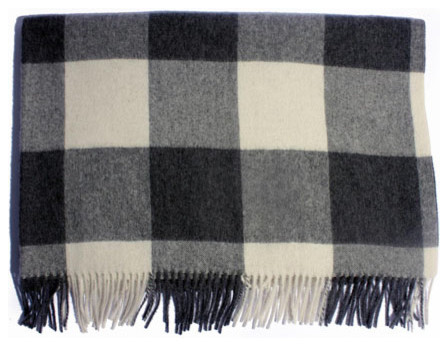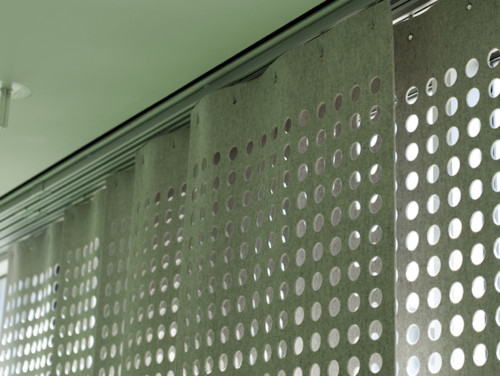Guide: How to buy drapes
Save yourself time and frustration by reading our guide on
how to buy drapes. Learn what to look for and what information you need before going to the store or ordering online. With a bit of information on
how to hang draperies, you'll save yourself some unnecessary agony.
Of course, in our opinion, there's nothing like custom made drapery, but if you're in a hurry because your mom is coming for a visit and you need something on the window, we understand. Your mom might not. If you're staging your home for sale and will leave the drapery behind, we get it.
Start with the end in mind. If you've had a friend that didn't know how to hang draperies and called you in a panic, or you've been there yourself, here are some questions to ask and things to determine.
What will the drapery panels hang on?
Do you want a
decorative rod?
Keep in mind that most store bought drapery rods will be telescopic (will extend to different lengths) This is ok, as long as your panels aren't too heavy or need to move across the window.
Many home decor stores now carry 6 or 8' rods that aren't telescopic. They can be cut down, and they give extra support unlike the telescopic rods. They can also be joined in the middle of a wide window using a bracket. If using heavier drapery panels, choose a rod that's at least 1" diameter, up to 1 3/8" (2" is quite big) Decide if you'll use wood or metal based on the finishes you have in your room.
Do you want a
non-decorative rod?
You can choose i-beam which can be cut to size and hide behind the panel. This is good for stationary drapery panels. You can choose a traversing rod which will allow the drapery to move back and forth. When closed its hidden by the drapes, when open, you will see the rod. It's not meant to be decorative. Check the length on the box before purchasing. Traversing rods can extend to different lengths.
Measure your window.
Width first...
Run a steel tape measure width wise from the outside of the trim on one side of the window to the other side (outside edge of trim) If you have more modern windows without trim, measure the opening of the window and add 4" to
each side. (this is a guide, you can eye it up and make a good decision!) This will tell you how long a rod you need.
*Watch out for light switches etc... decide if you want to cover them or not. Go at least 4"
each side of the window, if you have the space.
Length second....
*Measure for the length of the drapery panels from the top of the trim above the window to the floor. If you have a heater or prefer a shorter length, then measure to the bottom of the window and add 4".
*Once you determine if your panels will move across the window or stay stationary you can decide on a finished length. (see below) Don't forget to take the bracket length into consideration. It will add some inches (you can figure this out once you have the bracket in hand)
*Determine where your rod brackets will go. Make sure you have enough space for the base of the bracket above the window. Avoid mounting the brackets on the trim.
*If you have more than 12" above your window you can split the difference and mount the rod 6" above the trim. The simplest place to mount the rod is about 3" above the window, this takes into account the bracket.
*The best length for draperies that close is about 1/2" - 1" off the floor so they don't get dirty and worn down too quickly.
*If your window goes to the ceiling you'll want to go with a decorative traversing rod or a non-decorative traversing rod.
*If you live in a house that has lathe and plaster, mounting a bracket will be difficult if there isn't much for the bracket to secure to.
*If your window is wider than 5' you will want a centre bracket, especially if your drapery is heavy.
Determine if your panels will close across the window or stay stationary.
Store bought panels only come in certain widths so you may need to buy 2 per side or 3 depending on how wide your window is. That's why taking the measurements to the store can save you a trip.
For panels that close across... If your window is 60" wide and you want your drapery panels to close across and have some fullness you will want to use 2 panels (at 48" or however wide the panels come) one on each side of the centre bracket. For fullness take the width of your window plus the 4" each side and multiply it by 2 or 2.5 and then divide it by the width of your panel. You can then round up the number to the nearest whole panel.
*If you want your panels to close across the window, avoid panels with rod pocket tops, you will need to use grommets or pleated drapery with rings for easy movement. For pleated drapery panels choose rings with an eyelet (little groove attached to the ring), not just a clip.
*If you do find a rod pocket drapery panel that you love, you can buy the rings with clips and attach the rings so they move across. (this is instead of putting the rod through the middle of the rod pocket) This is what Restoration Hardware shows in some of their pleats.
For panels that are stationary.... if your window is 60" wide you'll still want one panel on each side. If your window is 96" wide (for example) and you're not going to close the panels, then you can do 1 panel on each side, or for a fuller look, you can have 2 panels on each side stacked back. Fullness in drapery gives a more custom look.
*Key to your panels not sliding around is to put one ring at the end of the rod just before the finial , and then the bracket with the rest of the rings towards the centre.
*Choose finials (end part that goes on the rod and is decorative) that are the right size for the rod. (should tell you on the package)
*Determine if you have enough space for a finial to fit on the end of the rod without hitting the corner of the wall.
*Lots of drapery hardware lines carry end caps (flat finial), which finish the rod off nicely.
*Biggest beware in buying drapery panels that come in a package is matching up colour. You may get your panels home and notice that the dye lots are off, one looks lighter than the other. Take a close look at it in the store, ask a sales person if you can open the package, (or ask forgiveness if you get caught).
*Look for lined drapery panels. Lining protects the panels from sun damage and lengthens the life of the fabric. Lining also gives your drapes a fuller look.
If you've been frustrated because you weren't sure how to buy drapes or how to hang draperies properly, keep these simple tips in mind and you'll do fine.
Come and visit us online anytime.





















